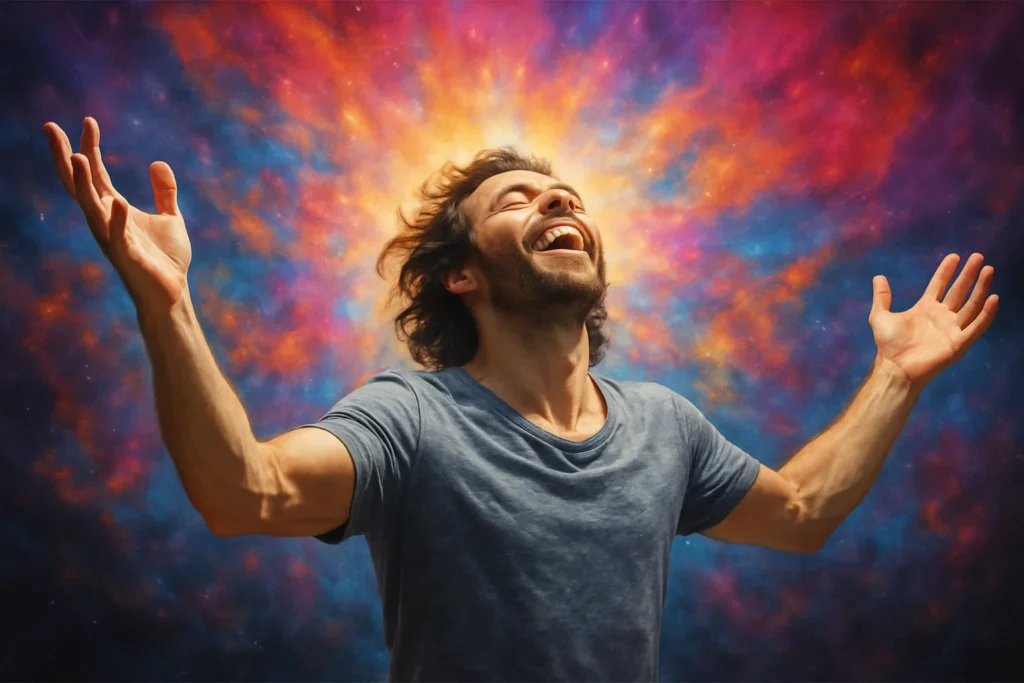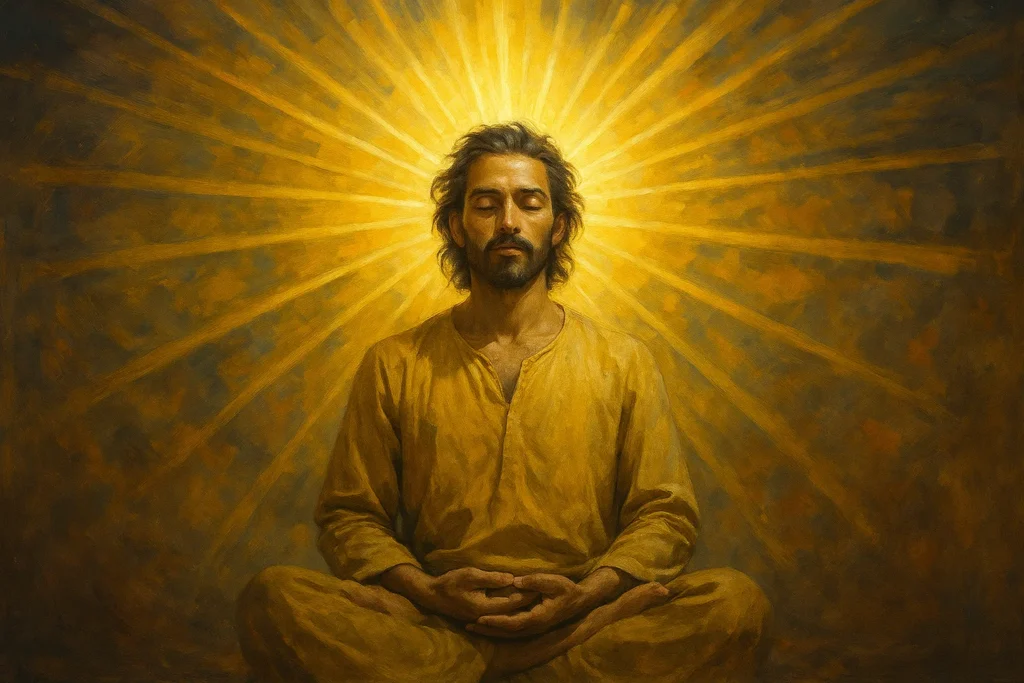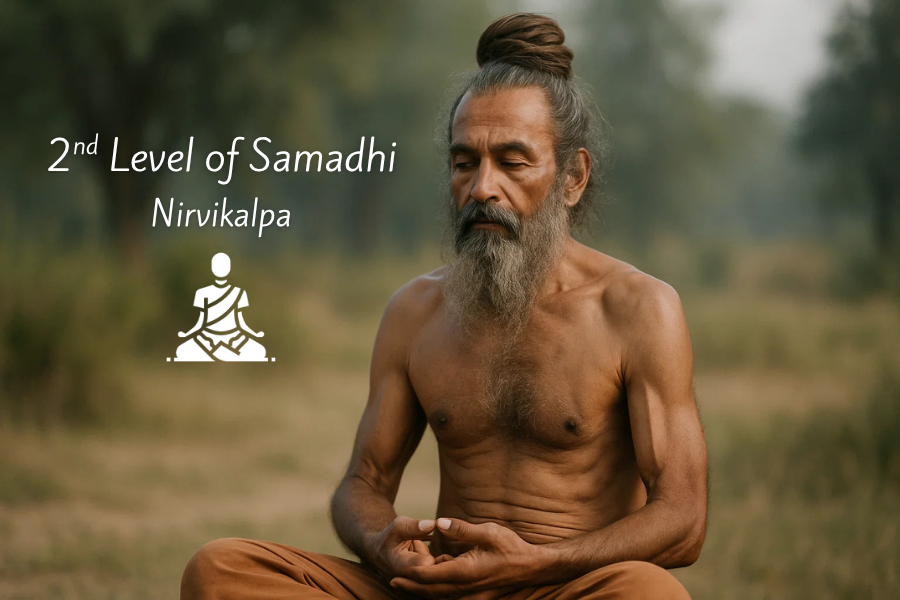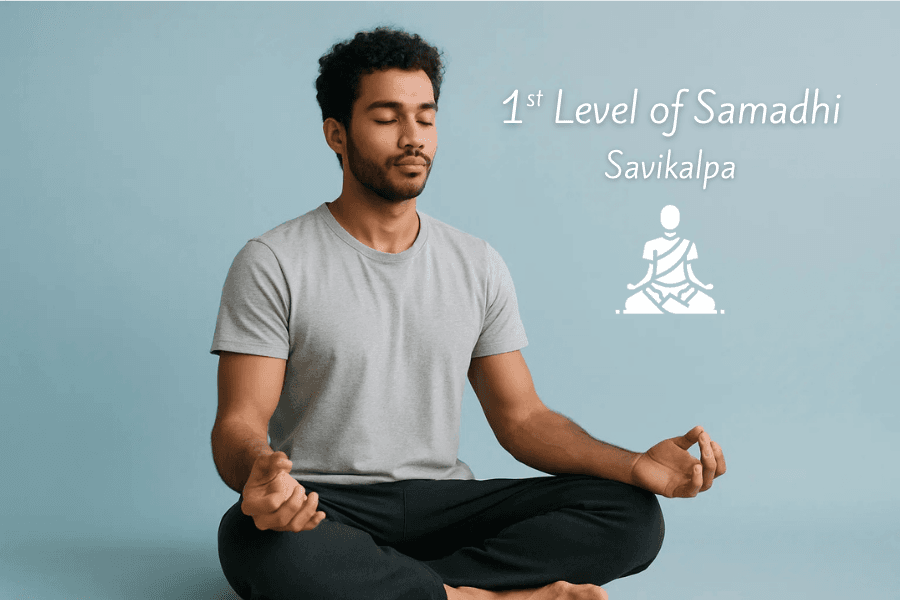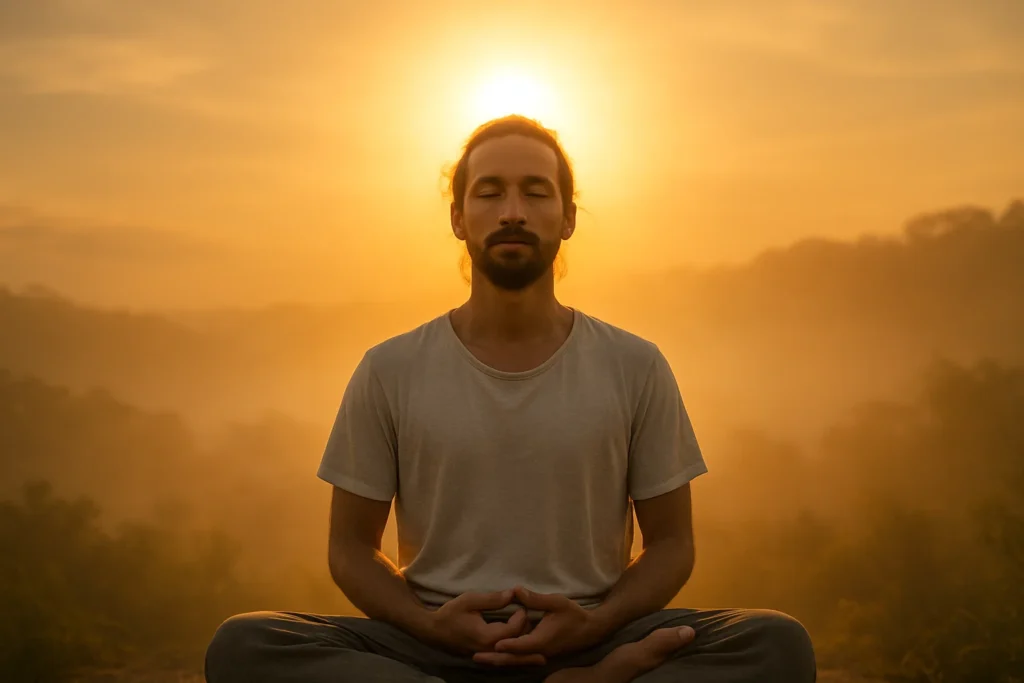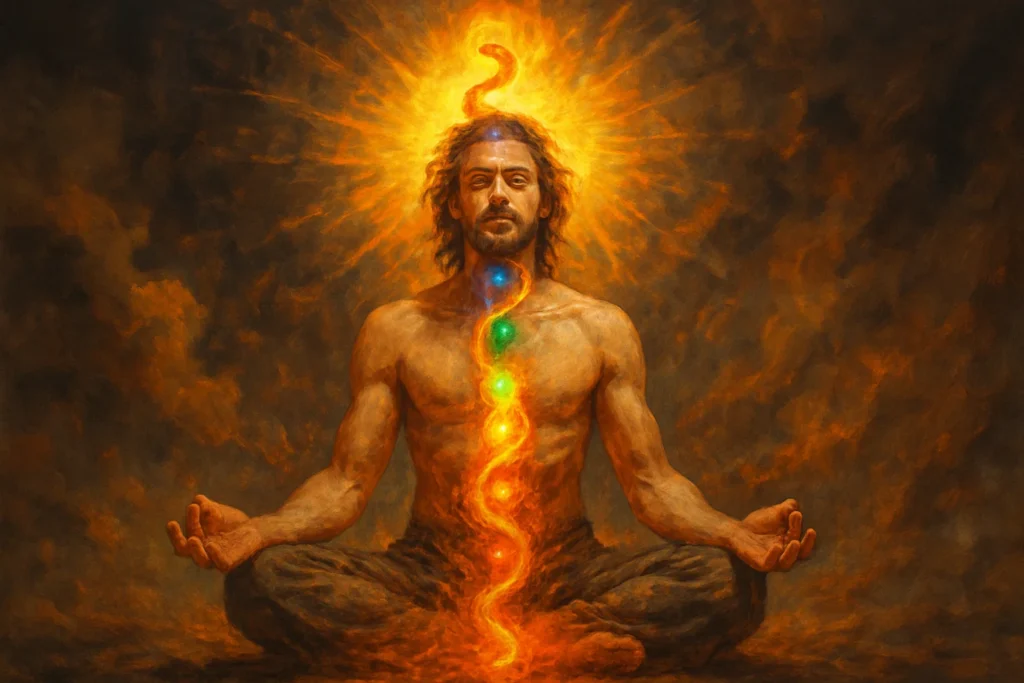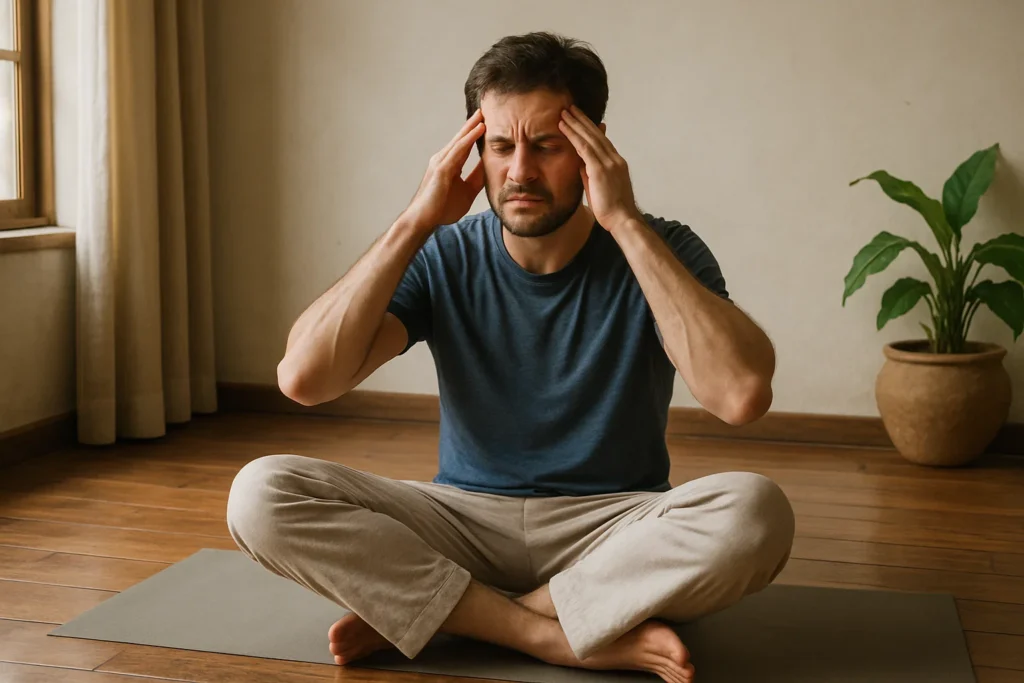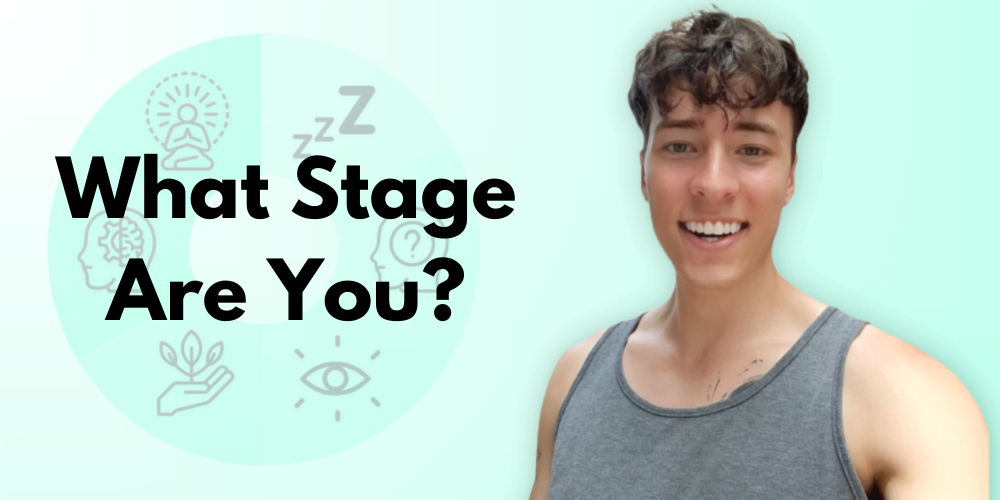How To Break Into Higher Consciousness & Experience Awakening (Master Guide)
“When you know who you are, you are free.”— Papaji My goal with this guide is that by the end of the article you will understand what this quote is pointing towards and know exactly the steps you need to take to break into this highest version of yourself. Yes, awakening is an exploration of consciousness. But ultimately it is an exploration of your truest self. As I’m sure you’ve heard from different spiritual teachers “you are the awareness” or “you are the watcher”. But what does that really mean? And how do I actually experience that? The first thing you need to know is that awakening, enlightenment, and higher consciousness are not things that can be understood through your mind. Higher consciousness can only be known through direct experience of it. The Many Types of Awakening To know how to experience awakening you must first know the many types of awakening. How can you know the path if you don’t know the destination? Each of the following types will have different techniques, experiences, and effects associated with them. There are generally 2 main types of profound spiritual experiences you can have (though there are many other sub types that fall within these categories). 1. Samadhi & Enlightenment Samadhi is a profound altered state of consciousness where the sense of a separate self dissolves and extraordinary bliss is experienced. There are many levels to samadhi. Some are more accessible than others. The earlier stages of samadhi are where you experience deep bliss and dissolve a sense of a separate self. Buddhists call this dissolving “non-duality”, as in there is not two (self and environment). The later stages of samadhi are where you transcend even bliss and merge with universal consciousness entirely. This is called many names by several different spiritual traditions including: Enlightenment, Moksha, Kaivalya, and Nirvana. To learn about all 4 stages of samadhi you can read this resource here. 2. Kundalini Awakening The second major type of spiritual experience you can have is an energetic awakening. You’ve heard of chakras before, yes? Well, there is truth to their existence and they can be more powerful than you might think. Kundalini is a potent divine energy that lays at the base of the spine in all humans (for most it lays dormant for their whole lives). When this kundalini energy awakens it rises through the body’s energy centers (chakras) and can ultimately lead to higher states of consciousness (samadhi) as it reaches the crown chakra. It can also lead to other powerful experiences such as: The 6 Stages of Spiritual Awakening If you’ve already taken this quiz on my website then you know which the 6 stages you’re currently in. There is a general path that most spiritual seekers inevitably follow on their path to higher consciousness and spiritual awakening. Stage 1 – Asleep At this stage you are not even aware that something greater may possibly exist. You’re just living your life as most people do. This is where everyone begins their journey, unaware of the profound and infinite rewards of the path toward awakening. Stage 2 – Spiritually Curious In stage 2 spiritual curiosity begins. You may feel like something is “off” about reality or have a deep inner desire for something more than your current existence offers. Those in this stage lack that first awakening experience necessary to fuel their desire to go “all in” on spiritual practice. Stage 3 – Glimpsing Awakening You experience awakening for the very first time. Although it may only be for a few minutes or even just a couple of seconds, you finally see from personal experience that something more is possible. This is super exciting! and will cause you to have deep desire for more. Stage 4 – Growth & Plateau You may begin to experience more states of higher consciousness during this trouble shooting and spiritual experimentation phase. You’ll encounter many spiritual roadblocks and overcome them during the growth and plateau phase. Stage 5 – Integration As you experience more awakenings and begin to understand the truths of samadhi more deeply you find a sense of sacredness in every aspect of life. Every moment becomes rich and full of meaning in this stage. This isn’t to say you’ll be free of suffering, but meaning and grace are found even in your suffering and negative experiences. This stage is about dissolving the separation between your spiritual self and your regular everyday self. In the integration stage, you begin to live your every day in divinity. Stage 6 – Transcendence Eventually through grace, humility, and surrender you may experience the later stages of samadhi known as Dharmamegha Samadhi. This is the final stage of Samadhi before total enlightenment and kaivalya. Transcendence includes both this final stage of samadhi and the total enlightenment it inevitably leads to. This is completely indescribable with words of course. Kaivalya is the state of complete liberation. In the Buddhist and Hindu traditions it is freedom from the cycles of birth and death. The ego is permanently dissolved, the mind is transcended, and the Self rests in its own nature eternally. How to Actually Break into Greater Consciousness So how do you actually experience it? Though the later stages are achieved through grace and surrender, the earlier stages and states of consciousness can be accessed with personal will, practice, and technique. 3 Powerful Techniques To Experience Awakening 1. Meditation (take your pick!) Almost any style of meditation can lead to higher states of consciousness and samadhi. I know, not what you wanted to hear. But listen, if you’re going to break into higher states of consciousness you need to understand the nature of your awareness and get familiar with it. Meditation allows for that. You don’t have to do hour long sits totally in silence either. In fact my most profound breakthroughs happened when I was doing gentler and less strict meditation sessions. 2. Kundalini Pranayama If you feel brave enough and ready to work
How To Break Into Higher Consciousness & Experience Awakening (Master Guide) Read More »

